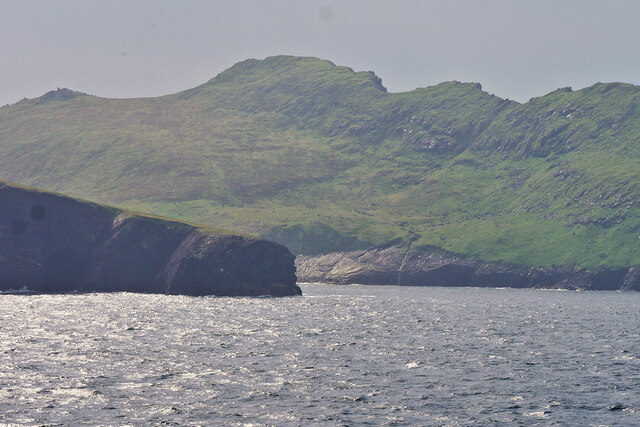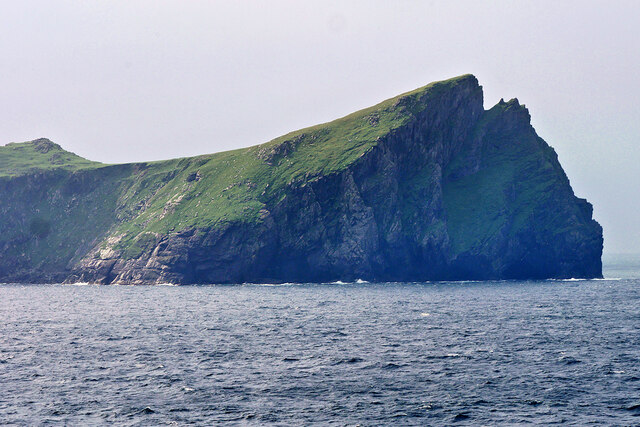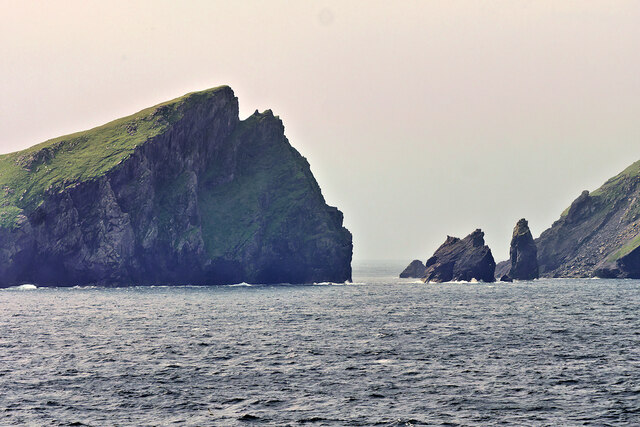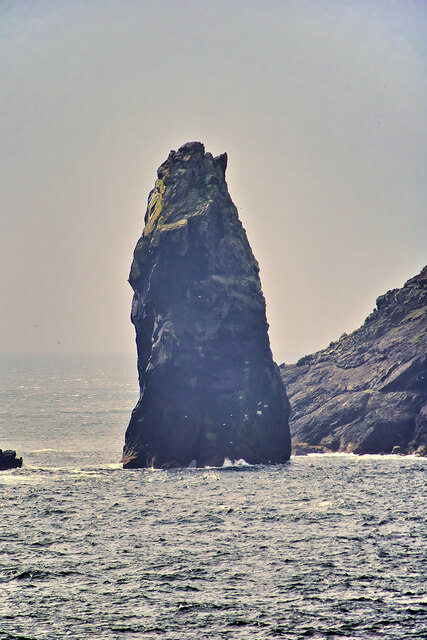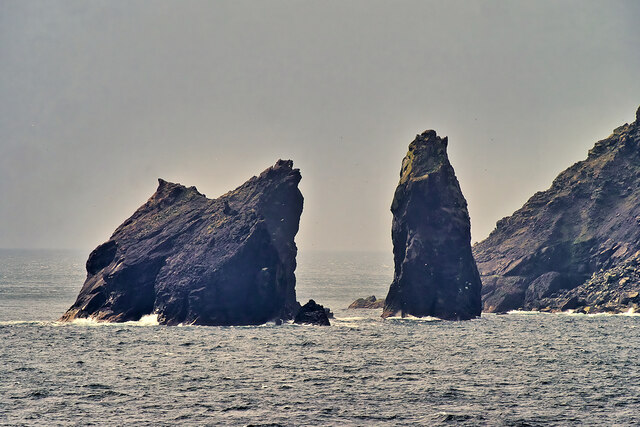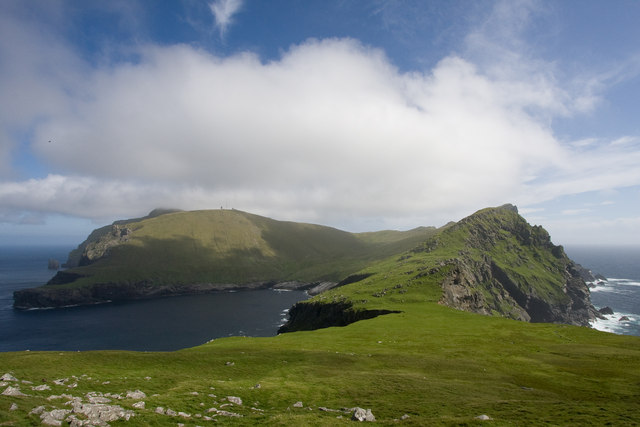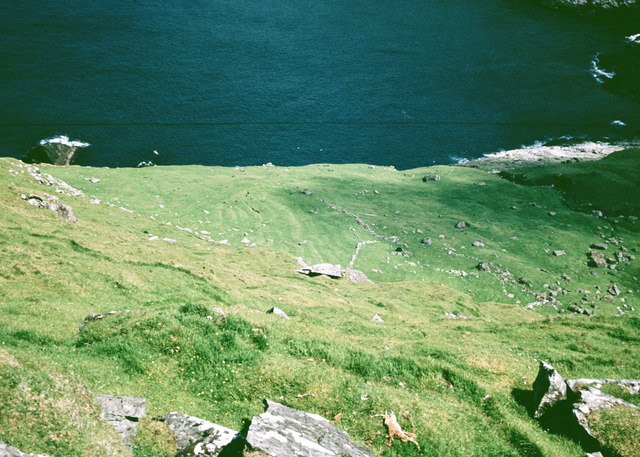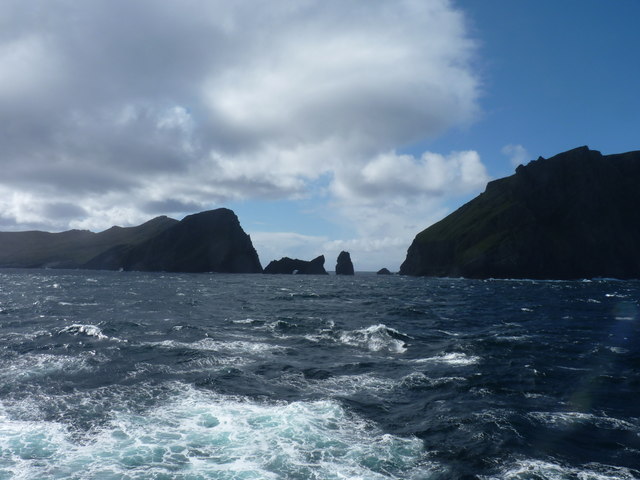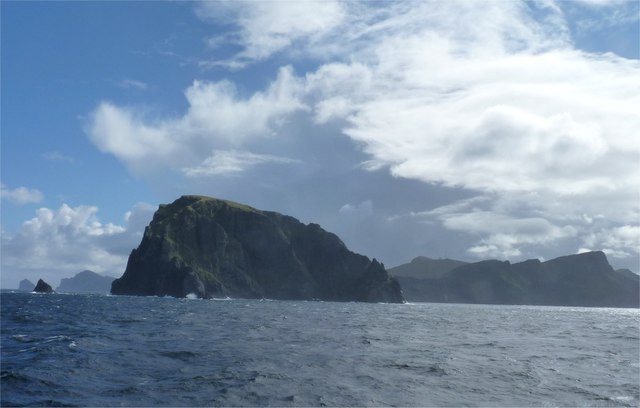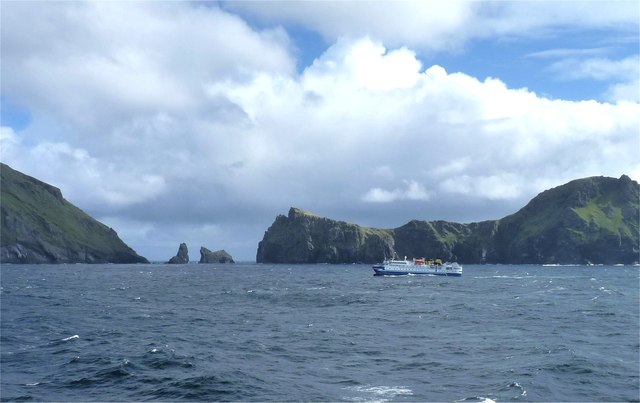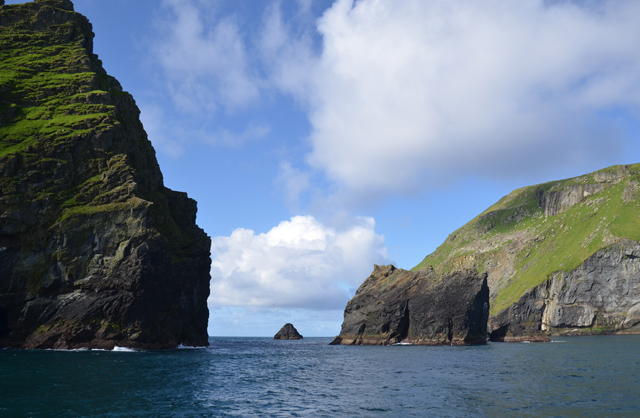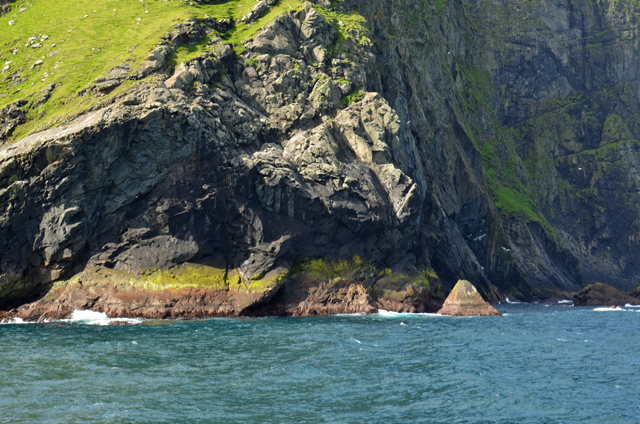Mol Shoay
Coastal Marsh, Saltings in Inverness-shire
Scotland
Mol Shoay
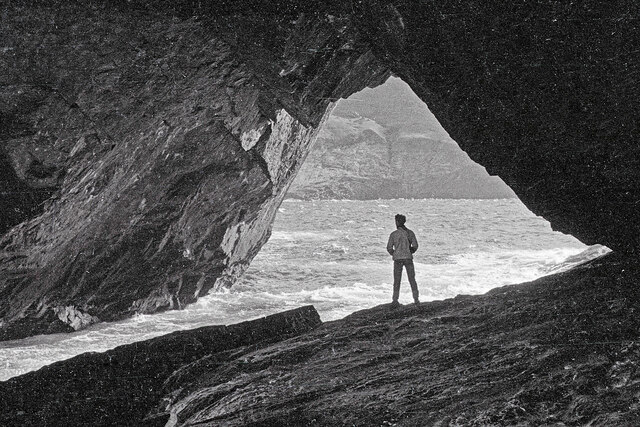
Mol Shoay, located in Inverness-shire, Scotland, is a coastal marsh and saltings area that offers a unique and diverse habitat for various plant and animal species. Situated along the coast, it is characterized by its wet and marshy landscape, which is influenced by the ebb and flow of tides from the nearby sea.
The marsh and saltings of Mol Shoay are known for their rich biodiversity. The area is home to a variety of plants, including marsh samphire, sea lavender, and sea purslane, which are well adapted to the salty conditions of the coast. These plants not only provide food and shelter for numerous invertebrates but also play a crucial role in stabilizing the marshland and preventing erosion.
The wetlands of Mol Shoay also attract a wide range of bird species, making it a haven for birdwatchers. Common sightings include wading birds such as oystercatchers, curlews, and redshanks, which forage for food in the shallow waters. Additionally, the marsh provides an important breeding ground for various waterfowl, including ducks and geese.
The area is also significant from a conservation perspective. Mol Shoay is part of a designated Site of Special Scientific Interest (SSSI), recognizing its importance for its unique ecology and wildlife. As a protected area, it is managed to maintain its natural features and ensure the preservation of its diverse flora and fauna.
Visitors to Mol Shoay can enjoy the tranquility of the marshland, take in the breathtaking coastal views, and observe the remarkable wildlife that thrives in this coastal habitat.
If you have any feedback on the listing, please let us know in the comments section below.
Mol Shoay Images
Images are sourced within 2km of 57.827451/-8.6250315 or Grid Reference NA0601. Thanks to Geograph Open Source API. All images are credited.

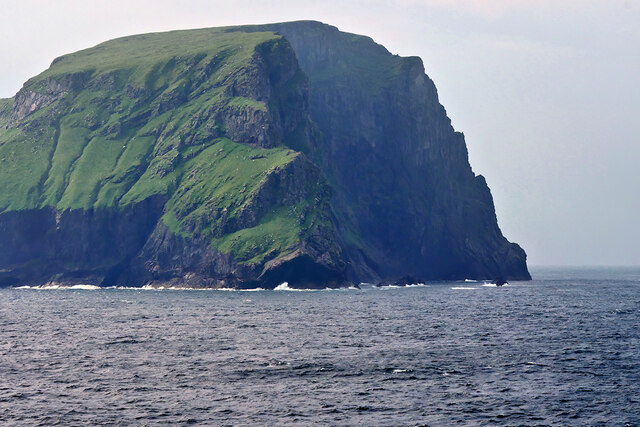
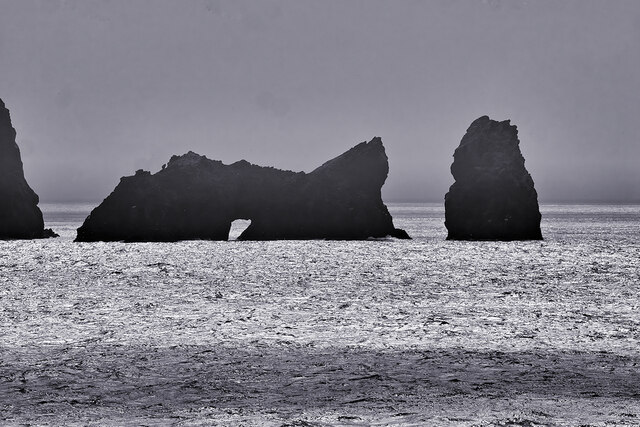
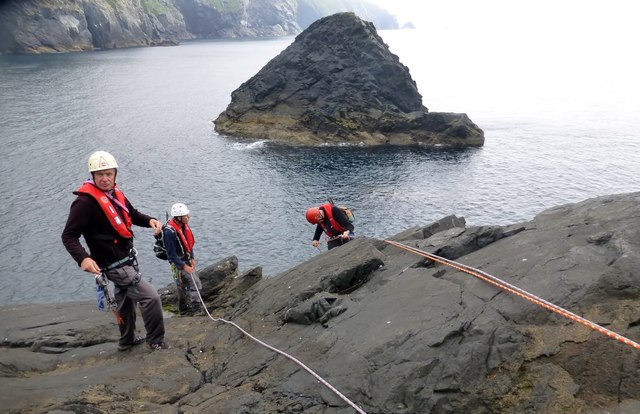
Mol Shoay is located at Grid Ref: NA0601 (Lat: 57.827451, Lng: -8.6250315)
Unitary Authority: Na h-Eileanan an Iar
Police Authority: Highlands and Islands
What 3 Words
///hurls.abstracts.clothed. Near Balivanich, Na h-Eileanan Siar
Nearby Locations
Related Wikis
Stac Biorach
Stac Biorach (Scottish Gaelic: "the pointed stack") is a sea stack, 73 metres tall, situated between Hirta and Soay (in the "Sound of Soay") in the St...
Soay, St Kilda
Soay (Scottish Gaelic: Soaigh) is an uninhabited islet in the St Kilda archipelago, Scotland. The name is from Old Norse Seyðoy, meaning 'island of sheep...
St Kilda, Scotland
St Kilda (Scottish Gaelic: Hiort) is an isolated archipelago situated 64 kilometres (40 mi) west-northwest of North Uist in the North Atlantic Ocean. It...
Hirta
Hirta (Scottish Gaelic: Hiort) is the largest island in the St Kilda archipelago, on the western edge of Scotland. The names Hiort (in Scottish Gaelic...
Nearby Amenities
Located within 500m of 57.827451,-8.6250315Have you been to Mol Shoay?
Leave your review of Mol Shoay below (or comments, questions and feedback).
